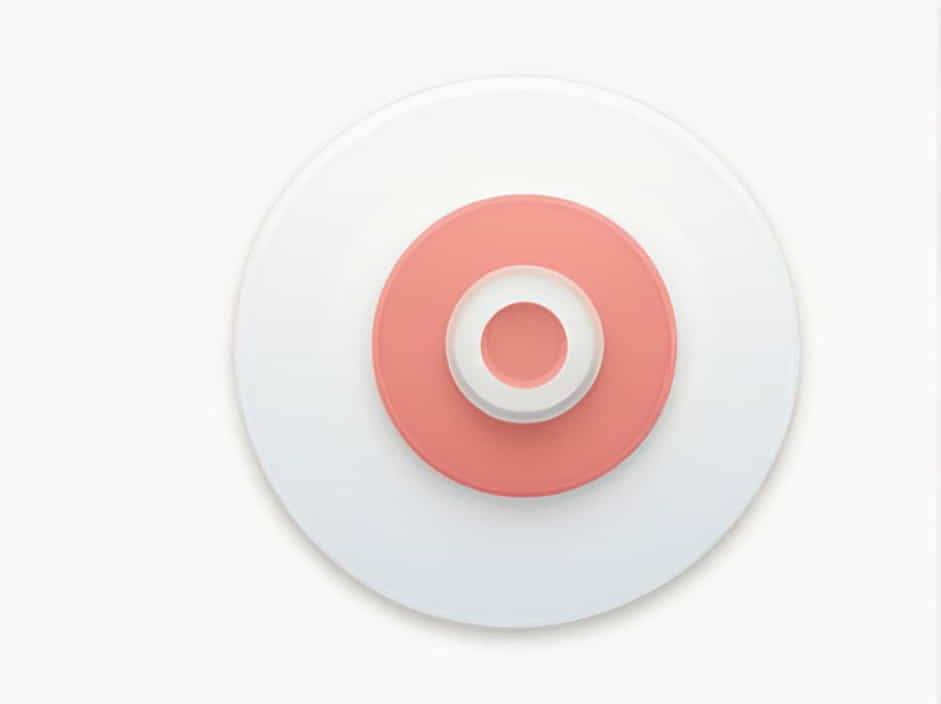Every parent has heard it: “Uh oh! I dropped my toy!” Whether it’s a baby in a high chair dropping a spoon repeatedly or a toddler accidentally letting go of their favorite stuffed animal, dropping things is a common experience in childhood.
But why do kids drop toys? Is it just an accident, or is there something more behind this behavior? In this topic, we’ll explore the reasons why children drop objects, what it teaches them, and how parents can respond.
Why Do Kids Drop Toys?
Children don’t drop things just to be difficult. There are several reasons behind this behavior:
1. Learning Cause and Effect
Babies and toddlers love to experiment with how the world works. Dropping a toy and seeing it fall helps them understand gravity and cause and effect. When they let go, the object falls—this simple experiment is fascinating to them.
2. Developing Motor Skills
For infants, holding and releasing objects is part of fine motor skill development. They learn to control their hands and fingers, improving grasping and releasing abilities.
3. Seeking Attention
Sometimes, dropping a toy is a way to get a reaction from parents or caregivers. If a child notices that dropping something makes you pick it up, they might repeat the action for fun or attention.
4. Exploring Object Permanence
Young babies are still learning that objects exist even when they’re out of sight. Dropping a toy and watching it get picked up reassures them that it hasn’t disappeared forever.
5. Expressing Frustration
If a child is tired, hungry, or upset, they might throw or drop toys as a way to express their emotions. It can be a sign of frustration, boredom, or overstimulation.
How to Respond When Kids Drop Toys
1. Stay Calm and Observe
Instead of reacting with frustration, take a moment to observe. Is the child dropping the toy as part of a game, or are they struggling with something?
2. Encourage Learning
If they’re experimenting with gravity, join in! Say things like, “Look! The toy fell down! Let’s pick it up!” This helps them make connections between actions and outcomes.
3. Set Boundaries
If the child is deliberately throwing objects, set gentle boundaries. Say, “Toys are for playing, not throwing. If you throw it again, I’ll put it away for a while.”
4. Offer Alternatives
For babies who enjoy dropping things, give them safe items like soft balls or light plastic cups to drop instead of hard objects that might break.
5. Teach Cleanup Habits
Encourage older toddlers to pick up their dropped toys by turning it into a fun activity. Sing a cleanup song or count how many toys they can pick up.
When Should You Be Concerned?
Dropping toys is normal, but if a child:



It might be worth discussing with a pediatrician or early childhood specialist to check for any developmental concerns.
Fun Activities to Teach Kids About Dropping Objects
If your child loves dropping things, turn it into a fun learning experience:
1. Soft Ball Drop Game
Give your child soft balls to drop into a bucket. This helps them develop hand-eye coordination and understand gravity.
2. Stacking and Knocking Down
Encourage them to build block towers and then knock them over. This teaches balance, gravity, and motor control.
3. Water Drop Experiments
Let them drop different objects in water to see which ones sink or float. This introduces basic science concepts in a playful way.
Dropping toys is more than just a habit—it’s a natural part of a child’s learning and development. Whether they’re discovering gravity, improving motor skills, or seeking attention, understanding their reasons helps parents respond effectively.
Next time your child says, “Uh oh! I dropped my toy!”, take it as an opportunity to teach, engage, and have fun together!
